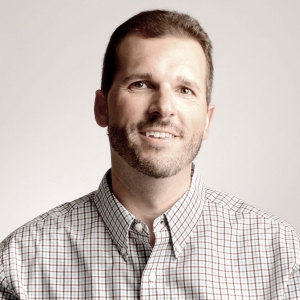How to Use Market Research for Innovation Success: 4 Proven Strategies to Drive Impact
In today’s fast-paced landscape, market research isn’t just helpful—it’s mission-critical for shaping breakthrough innovations, marketing activations, and communication strategies. Without the clarity that well-conceived and well-executed research provides, teams risk navigating blindly—hoping for the best, but more likely encountering the worst.
Across the innovation space, those with deep experience consistently recognize the power of relevant knowledge and data when it’s available—and the challenges that arise when it’s missing. Different roles, responsibilities, and ways of thinking naturally lead to varied perspectives on how research should be approached, from setting objectives to driving business impact.
With that in mind, here are four ways you can use market research for innovation success.
1. Be Hypothesis-Led
Thoughtfully conceived innovation hypotheses help shape investigations and increase the impact of research. Strategic intuition—grounded in what’s known and what can be reasonably hypothesized—can help fill in the blanks of unknowns.
For example, one innovation team was developing a 2-in-1 product and believed it needed top-tier performance in both benefit areas, but the available technology couldn’t support that standard. The team hypothesized that maybe consumers didn’t expect perfection. Research confirmed that idea—and opened the door for a launch that became an IRI Pacesetter, driving $250M+ in first-year sales.
2. Become a Myth Buster
If research never surprises you, it’s probably not working hard enough.
Every organization has embedded beliefs—some helpful, some harmful. Take the time to understand what organizational myths might be getting in the way of your innovation program, then use research to confirm or refute them. After all, a seemingly ingrained myth is only an innovation barrier if we let it be.
Consider the example of a fabric care brand that had long dominated the market based on superior stain removal—and had come to see it as the only benefit consumers cared about. The organizational culture revolved around it. When household penetration began to decline steadily, the reason was unclear. Research revealed that consumer priorities had shifted, and stain removal was no longer as relevant as it once was. Based on those findings, the brand pivoted to launch new benefits via premium line extensions—achieving significant marketplace success.
3. Use Research to Unify Teams
Endless meetings. Conflicting opinions. No clear next step. Sound familiar?
Great research doesn’t just inform—it unites. The best organizations use it to foster collaboration, build trust, and align teams around a shared path forward. When stakeholders are involved early—helping shape the research objectives and questions—they feel more invested in the process and more likely to rally behind the results. That sense of ownership fuels momentum and clarity across the board.
For example, corporate teams can involve local markets in shaping objectives and key questions, creating a stronger sense of ownership. When all stakeholders feel connected to the research process, they’re more likely to share accountability for the outcomes—resulting in clearer direction and more unified teams.
4. End With a Bang
It’s easy to focus all your energy on designing and analyzing the research. But the way you share the results with others matters just as much (if not more).
Bust outdated assumptions. Highlight data-backed truths. Create a narrative that sparks action. As former P&G CEO A.G. Lafley said: “Bring the consumer to the table.”
Deliver learnings with energy and clarity, and give teams clear, actionable steps forward. That’s how insights become impact.
Want to go further with using market research for innovation success?
Reach out to explore how our team, alongside our friends at Burke, can help unlock the full potential of your consumer and market research efforts.
Whether you’re refining your current pipeline or exploring what’s next, the right research can be your launchpad. Happy innovating!

Adam is a Senior Strategist at Seed Strategy where he draws upon his diverse experience in advertising, research, brand management, new product development, and copywriting to help clients craft breakthrough innovation and brand strategy.
Connect with us! Follow Seed Strategy on LinkedIn, Facebook, and Instagram.






